Animals without bones make up an astonishing number of living things, and most of those are insects. But invertebrates can be found all around us, playing out their own unique stories deep in the ocean, soaring through the sky, and crawling through the sands of our earth.
Table of Contents
From dinosaurs to squids, these creatures are more than just four-legged animals on a grand stage – they come in an astounding number of sizes, shapes and colours; even some we have yet to discover!
List of Animals Without Bones
Bumblebees
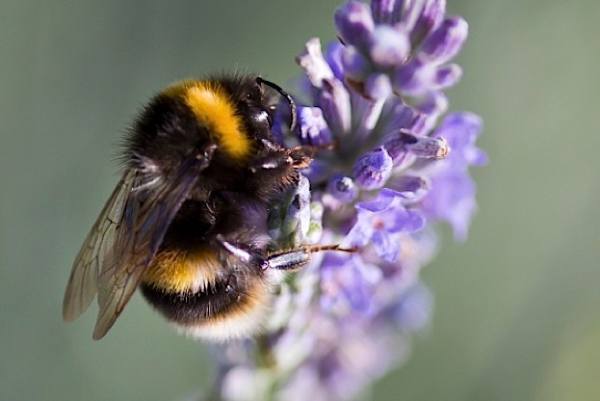
Scientific Name – Bombus
Diet – Herbivores
Habitat – High-Altitude Temperate Regions
Bumblebees are the largest of the bee family, with over 250 species inhabiting temperate and high-altitude areas of countries in our Northern Hemisphere. Most bumblebee colonies contain between 50 to 400 members, depending on the species.
While some hibernate during winter, others like the Cuckoo bumblebee don’t build their own nests – instead, they cause some turmoil by invading other nests and taking over as queen! The cuckoo bumbles brutally kills queens and uses their workforce for her own purposes.
Spiders
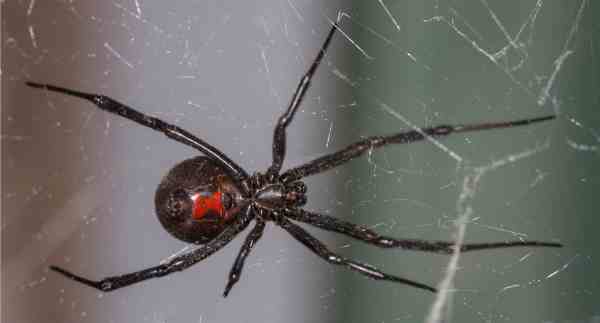
Scientific Name – Araneae
Diet – Carnivores
Habitat – Land
Spiders have fascinated and terrified humankind since time immemorial. From the 45,000 species known to exist on every continent comes an animal that is boneless and able to weave intricate webs of varying strength and stretch.
These webs are strong enough to catch a range of prey, from ants and mosquitoes too much larger creatures! Not all spiders are venomous; however, some of them have such potent venom that a single bite can be fatal within 15 minutes.
From their fascinating web-making prowess, a wide range of habitats, powerful venom and resilient nature, spiders possess an awe-inspiring quality that has both gripped admirers and instilled fear in equal measure.
Ants

Scientific Name – Formicidae
Diet – Omnivores
Habitat – Ground, Underground, Trees, Plants
Ants are members of an impressive and diverse species, occupying every type of terrain imaginable except Antarctica. Not only do they create impressive nests below and above ground, but many also have colonies located in trees as well. Colonies are led by one female, who fertilizes upcoming generations with the help of one or multiple males.
After mating, the males die, focusing all their energy on reproductive purposes while leaving day-to-day operations to a colony of workers comprised mainly of females. Ants have incredibly varied diets; typically eating nectar, fungus, seeds and smaller insects; although some will consume larger animals such as small rodents and reptiles.
Butterflies

Scientific Name – Rhopalocera
Diet – Herbivores
Habitat – Grassland and Heathland
Butterflies are a unique species that have an interesting 4-stage life cycle and can be identified from moths by their brightly coloured wings and distinct two-sided patterns. With about 180,000 known species of butterflies spread across nearly every continent in the world except Antarctica, it is certain that these delicate creatures add immense beauty to our environment.
Typically, butterflies feed on mostly plants and nectar; however, some of them are capable of having a much wider diet which can result in large sections of forests, grasslands, and agricultural interests being defoliated. It is important to understand their life cycles in order to help identify when they are going to be damaging and how to prevent any further destruction they may cause.
Worms

Scientific Name – Annelida
Diet – Omnivores
Habitat – Ground and Underground
When we think of worms, it often brings back memories of childhood when we would discover them while playing with mud or searching for buried treasure. These invertebrates play a crucial role in agriculture by enriching and aerating the soil.
Boneless creatures like worms can be found in both freshwater and marine environments, as well as in soil and within other organisms, sometimes even as parasites. Worms usually don’t have limbs or eyes and survive by consuming decaying matter, leaves, dirt, and manure.
While worms are hermaphrodites, they still need a partner to reproduce, except when it’s challenging to find one. They reproduce by laying eggs and producing young worms, which can grow into new individuals.
Snails

Scientific Name – Gastropoda
Diet – Herbivores, Omnivores, Carnivores
Habitat – Land, Water, Trees
Snails are prominent members of the mollusc family, closely related to slugs and differing mainly in their exterior shells. Though snails are most frequently found in aquatic environments, they can also survive surprisingly well in arid desert climates due to their water-retaining abilities.
Diet-wise, most snails tend to be herbivorous or omnivorous, with a handful of predators within the species making up the minority. In either case, snails prefer to do their eating at night when temperatures are cooler and there is more moisture in the air. This behaviour is part of what makes them so well suited to survive such an array of environments over the course of their usually long lifespans.
Jellyfish
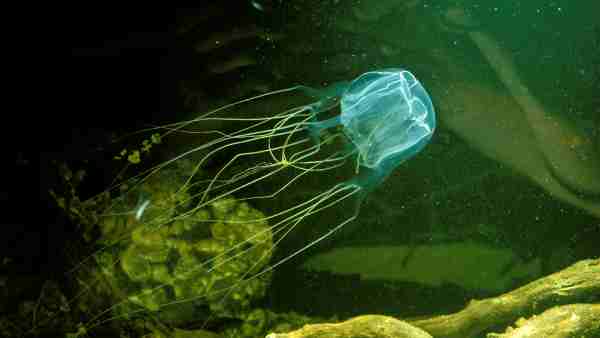
Scientific Name – Aurelia aurita
Diet – Carnivores
Habitat – Water
Jellyfish are truly mysterious creatures, having remained in existence for almost 500 million years and perhaps even longer. Despite their short lifespans, they age incredibly quickly, reaching a reproductive stage within months of hatching.
There are many fascinating aspects to jellyfish, such as their distinctive bell-shaped bodies that emit a pulsing motion when they move through the water and their lengthy tendrils covered in stinging cells.
Not only do these cells help them catch prey and protect against predators, but it is also what makes them hazardous to humans; contact with certain species can even be fatal!
Octopuses
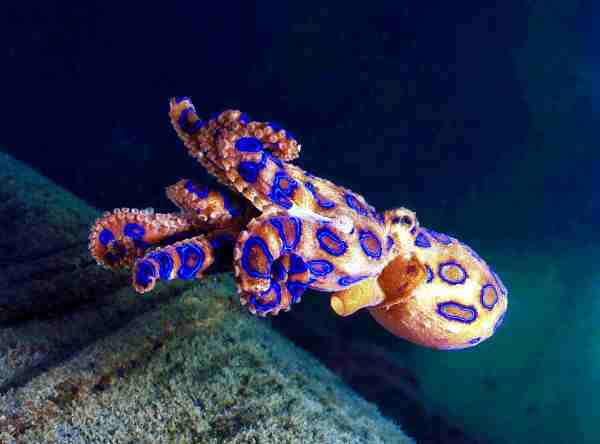
Scientific Name – Octopoda
Diet – Carnivores
Habitat – Water
Octopuses are incredibly fascinating creatures, and yet their body structure, with no bones, is what truly sets them apart. With over 300 species categorized in the same family as squid and cuttlefish, they live almost everywhere in the ocean – from atop coral reefs to fathoms deep.
Octopuses’ bodies can alter their shape, allowing them to squeeze through very tight spots. As if that wasn’t enough of an advantage, these intelligent molluscs also learn how to use camouflage and fake-outs for defence purposes. While their carnivorous diet consists of mostly crabs, clams and finned fish, caution must be taken around certain kinds of octopuses – some being venomous towards humans.
Crabs

Scientific Name – Brachyura
Diet – Omnivores
Habitat – Water
Crabs are truly remarkable creatures with a timeless history. These prehistoric animals have been around since the Jurassic period and they come in a wide variety of shapes, sizes, and habitats. While there are over 6,000 species of crabs scattered throughout every sea in the world, they all cryptically share the same general anatomy.
All crabs possess one pair of claws, a tail, and an external shell that provides protection. Curiously enough, these decapods that belong to the order Decapoda even have ten legs; some species like the Pea Crab can only reach 0.1 inches whereas others like the Japanese spider crab can extend to 12 feet (3.7m).
In an effort to survive on land or in the sea, crabs will munch on just about anything their claws can grab at — from bacteria to shrimps and algae — which combined makes for a well-balanced omnivore diet.
Scorpions
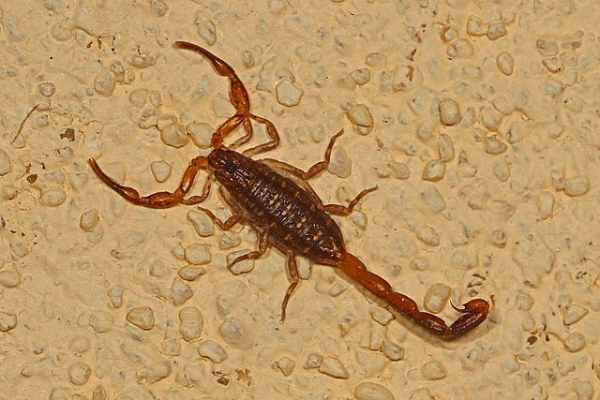
Scientific Name – Scorpiones
Diet – Carnivores
Habitat – Land, Mountains, Caves
Scorpions have been a remarkable part of our planet’s history since 435 million years ago, and they can be easily recognized by their long tails that curve over their backs. These eight-legged creatures are usually quite small, reaching less than 2 inches in length.
Although many people are wary of scorpions, the truth is that most species possess venom which is not strong enough to cause serious harm to humans. People should be more concerned about the creatures on which scorpions like to dine: insects and vertebrates, with some, even preferring to hunt larger animals like small lizards or mice.
When on a hunting mission, these creatures use their pair of claws to capture prey while using their stinger to inject venom and kill it.
Lobsters
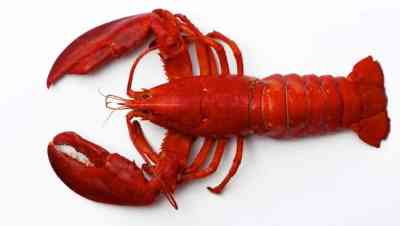
Scientific Name – Nephropidae
Diet – Omnivores
Habitat – Water
Lobsters are among the last creatures on our list that do not have bones. Usually found lounging around the cold and salty floor of the ocean, they often go unnoticed due to their knack for camouflage. With five pairs of legs, where the first pair is notably larger than the rest, lobsters are no strangers to using their tools well.
Known as an omnivore, lobsters enjoy a varied diet of fish, clams, shrimps, mussels, worms, and plants; fulfilling their adventurous appetite. In spite of this hearty eating habit, these animals possess great life spans too! Some estimates suggest that lobsters can reach up to 100 years of age though it’s incredibly hard to pinpoint exactly how long they live. Adding a bit more interest to lobster lifestyles is their ability to keep growing forever!
FAQs
What is an example of a boneless animal?
Animals that lack skeletons are centipedes, millipedes, worms, jellyfish, octopuses, and squids, all of which are invertebrates.
How many animals have no bones?
It’s a fact that almost 97% of animals on Earth are invertebrates, which means they don’t have a physical backbone.
Which animals move without bones?
Earthworm and snail.
Which are the two animals without bone?
Earthworms and starfish.
Final Words
Animals without bones, or invertebrates, are ubiquitous on the planet and make up a majority of living things. This is because in general, invertebrates reproduce quickly and offer remarkable adaptability when it comes to their diet and environment. Despite this, they face a number of threats which could be gravely exacerbated by human interference.
Indiscriminate logging, overfishing, chemical runoff, and other forms of habitat destruction all have an inherently devastating effect on invertebrate populations. An unchecked activity like this can lead to permanent losses particularly since invertebrates form a fundamental part of both marine and terrestrial ecosystems.
Reference:
- https://oceanconservancy.org/blog/2021/10/29/5-creatures-no-bones/
- https://www.westwoodacademy.org/wp-content/uploads/2020/05/Westwood-Resources-Y3-Science-and-Art-week-5.pdf
- http://www.nhc.ed.ac.uk/index.php?page=24.25

Rahul M Suresh
Visiting the Zoo can be an exciting and educational experience for all involved. As a guide, I have the privilege of helping students and visitors alike to appreciate these animals in their natural habitat as well as introducing them to the various aspects of zoo life. I provide detailed information about the individual animals and their habitats, giving visitors an opportunity to understand each one more fully and appreciate them in a more intimate way.









